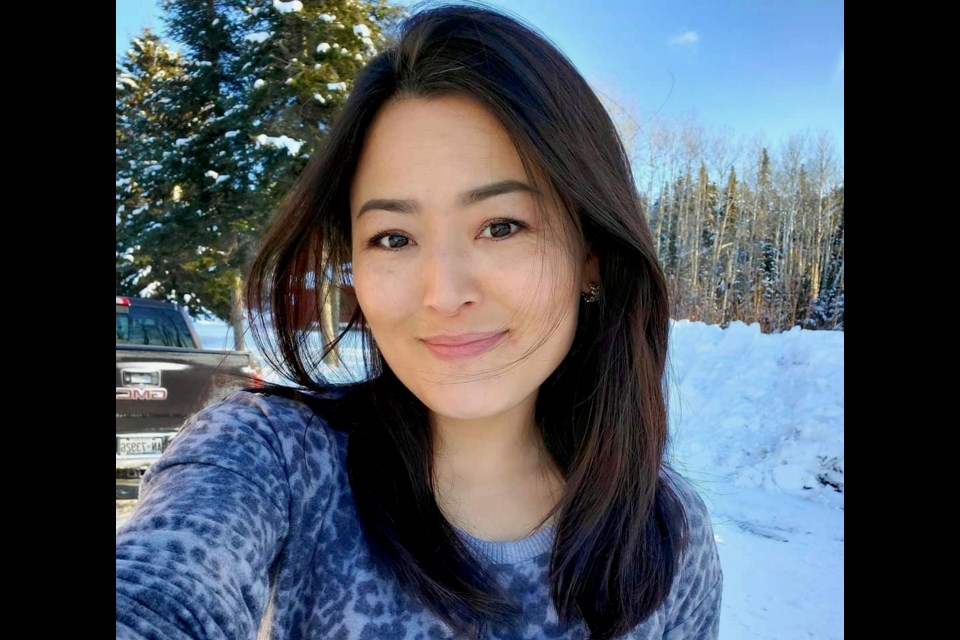For Molly Myagmarbat, who moved to Timmins from Mongolia five years ago, the city is a great place for newcomers to start a new life.
“In big cities, you’re new and your living cost would be higher. In Timmins, you would have 50 per cent less struggle than there,” she says.
When Myagmarbat, 37, arrived to Timmins in January 2015, she didn’t know what resources were available for newcomers. With her experience always living in big cities, she at first questioned where all the people were.
“And plus, it was winter, it didn’t help at all. Winter is eerily quiet,” she recalls.
She already spoke English and her previous experience working in the mining industry in Mongolia helped her as she already knew some people from work in Timmins.
One of the biggest challenges she had was making friends. As a person speaking four languages - English, Mongolian, Japanese and Russian - Myagmarbat says there was also a cultural difference between English and Mongolian, such as incorporating “please” and “thank you,” which took her some time to get used to.
“Far from home, feeling lonely is the worst thing. Most friends I had at home were throughout high school or college. But once you move out from one end of the world to another end of the world, that was the most challenging thing I’ve ever experienced. And I always had some plans going on and from that to nothing, it was like wow," she says.
In her opinion, the situation for immigrants is better now as Timmins has become more diverse. What makes the city attractive to her is a low cost of living, free entry to local parks, no traffic issues and easy access to outdoor activities.
She advises newcomers to be open-minded and says there are a lot of volunteer opportunities for them where they can meet other people.
Hosting meet-and-greets, getting outdoor or celebrating various international holidays is another way for immigrants to connect, she says.
“It’s a small-knit community and I found it’s quite easy to blend in. I don’t feel like I’m the odd one at all,” Myagmarbat says. “It’s up to you, too, to step up and learn the culture and learn how to communicate.”
Timmins is also one of the 11 communities across Canada chosen for the federal immigration pilot program.
"A lot of times, Timmins is advertised as a small mining town," she says, suggesting the focus should be instead on how many activities and job opportunities the community has.
She says Mongolia and Timmins have similar weather, with hot summers and harsh winters. There are also plenty of free places and activities for newcomers like hiking, camping, canoeing and kayaking in summer or snowshoeing, skiing and ice fishing in winter.
“I understand we don’t have luxury shopping malls but we have a minimum of what big cities have," she says.
Born in Almaty, Kazakhstan, Myagmarbat lived with her grandparents until she moved to Mongolia with her father when she was almost nine years old. She lived there until she was 17 and then went to Nagoya, Japan, where she studied to be a teacher for children with special needs.
When she returned to Mongolia, she worked as an English teacher at a university for a year until she received an invitation from Redpath Mongolia to work for the Oyu Tolgoi copper project. She worked as a translator and as a warehouse supervisor on the project for about four years before joining an Australian drilling company for another two years and eventually coming to Canada.
She met her husband, who is from Timmins, in 2008 while they were working on the same project. They got married in 2012 and despite their initial plan to stay in Mongolia, they decided to move to Timmins.
Soon after her arrival, Myagmarbat got a job at Lake Shore Gold where she started as a warehouse supervisor and is now working as a site buyer.
She does get homesick but because it’s a long trip from Timmins to Mongolia, she says it’s easier for her father to visit her. Last time he came to Timmins was in 2017 and he was supposed to visit this year but couldn’t due to COVID-19.
Myagmarbat and her husband also have two dogs, Lily and Petou, and are in the middle of an adoption process which got delayed due to the pandemic. Myagmarbat says she hopes next year she will finally be able to welcome her daughter home.



